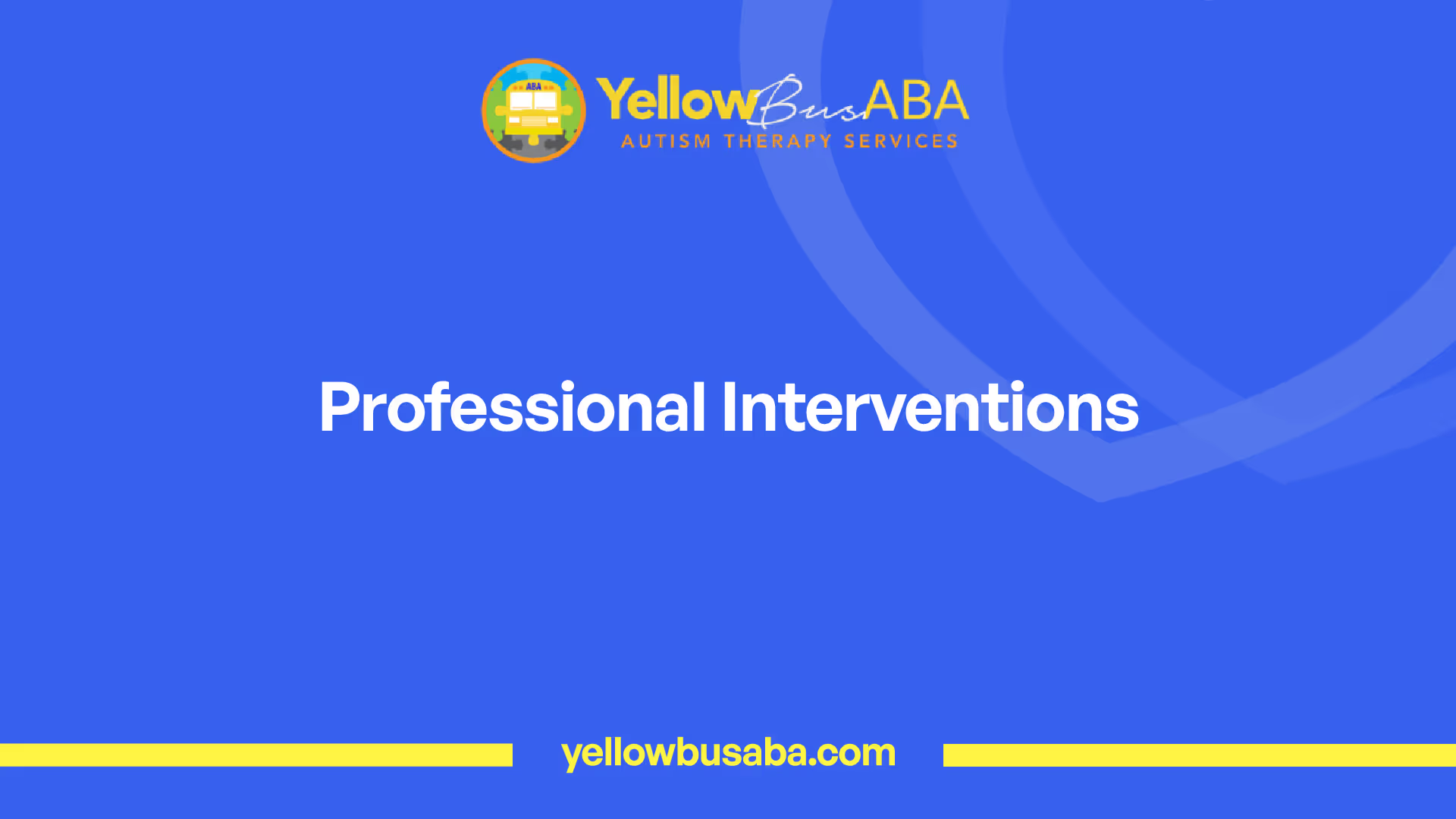Autism Visual Stimming
March 5, 2025
Discover the world of autism visual stimming and its impact. Learn strategies and support for individuals on the spectrum.

Understanding Visual Stimming
Visual stimming, also referred to as self-stimulatory behavior, is a common phenomenon observed in individuals on the autism spectrum and those with sensory processing difficulties. It involves engaging in repetitive visual behaviors that aim to stimulate the senses and can serve various purposes, such as coping with overwhelming situations or expressing emotions. In this section, we will delve into the definition, characteristics, and common visual stimming behaviors associated with autism.

Definition and Characteristics
Visual stimming, also known as self-stimulatory behavior, refers to the repetitive visual actions exhibited by individuals on the autism spectrum and those with sensory processing difficulties. These behaviors can manifest in different ways and vary among individuals. Visual stimming is not exclusive to autism but is commonly associated with it.
Stimming can serve as a way for individuals to regulate their sensory experiences and manage their emotions. It can be an expression of both positive and negative emotions. Some common characteristics of visual stimming behaviors include:
It's important to note that visual stimming is a form of self-expression and self-regulation for individuals with autism. It is not inherently negative or harmful but rather a unique way for them to navigate their environment.
Common Visual Stimming Behaviors
Visual stimming behaviors can vary widely among individuals and may change over time. Some common visual stimming behaviors associated with autism include:
Understanding these common visual stimming behaviors can provide insights into the sensory experiences and self-regulation strategies of individuals with autism. By recognizing and accepting visual stimming as a natural part of their behavior, we can create a more inclusive and supportive environment for individuals on the autism spectrum.
In the next section, we will explore the reasons behind visual stimming, including sensory stimulation, coping mechanisms, and emotional expression.
Reasons for Visual Stimming
Visual stimming, or self-stimulatory behavior, is a common phenomenon observed in individuals with autism. These behaviors serve various purposes and can be influenced by sensory stimulation, coping mechanisms, and emotional expression.
Sensory Stimulation
For individuals with autism, visual stimming behaviors can help stimulate the senses and regulate sensory input. Engaging in activities such as repetitive eye movements, staring at lights, or frequently blinking can provide a source of sensory feedback and help individuals manage overwhelming sensory experiences [1]. By incorporating visual stimuli, individuals with autism can create a more predictable and soothing environment.
Coping Mechanism
Visual stimming can also serve as a coping mechanism for individuals with autism. In challenging or unfamiliar situations, engaging in self-stimulatory behaviors can help reduce anxiety and provide a sense of comfort and control. These behaviors allow individuals to redirect their focus and create a soothing effect, helping them adapt to overwhelming or stressful environments.

Emotional Expression
Visual stimming behaviors in individuals with autism can also serve as a form of emotional expression. These behaviors can be a way for individuals to communicate their emotional states, needs, or frustrations when verbal communication may be challenging. By engaging in visual self-stimulation, individuals with autism can express their sensory needs and emotional states non-verbally, allowing others to better understand their experiences [1].
Understanding the reasons behind visual stimming behaviors is essential in providing support and acceptance for individuals with autism. By acknowledging the sensory, coping, and emotional aspects of visual stimming, caregivers, educators, and the community can create an inclusive environment that respects and accommodates the unique needs of individuals with autism.
Impact of Visual Stimming
Visual stimming, a characteristic behavior observed in individuals with autism, has both benefits and challenges. Understanding the impact of visual stimming can provide insight into its significance within the autism community.
Benefits of Visual Stimming
Visual stimming serves various functions, such as regulating sensory input, self-soothing, and emotional expression for individuals with autism, ADHD, and sensory processing disorders [3]. By engaging in visual stimming behaviors, individuals can modulate overwhelming sensory stimuli and navigate their sensory experiences more comfortably. This self-regulation can contribute to improved emotional processing, overall mental well-being, and enhanced self-expression.
Stimming, including visual stimming, serves as a form of communication for individuals with autism, enabling them to express emotions and needs [4]. It can provide a sense of comfort and familiarity, helping individuals cope with stressful situations. Visual stimming can also act as a coping mechanism, allowing individuals to regulate their emotions and find a sense of calm.
Challenges of Visual Stimming
While visual stimming can have significant benefits, excessive or inappropriate stimming can present challenges. It is essential to strike a balance between engaging in stimming behaviors and participating in functional and social activities. Excessive visual stimming may interfere with daily activities or relationships, leading to feelings of self-consciousness, exclusion, or judgment [4].
In social settings, visual stimming behaviors might draw unwanted attention or be misunderstood by others. This can potentially impact an individual's ability to form and maintain relationships, as well as participate fully in various social situations. It is important to consider the impact of visual stimming on an individual's overall functioning and well-being.
Managing visual stimming involves finding a balance that allows individuals to engage in stimming behaviors while meeting their personal goals and navigating their environment effectively. Strategies for managing excessive stimming and redirecting the behavior when necessary can help individuals maintain a healthy balance and minimize potential challenges [4].
Understanding the benefits and challenges of visual stimming is crucial for supporting individuals with autism. By creating an accepting and inclusive environment, educating caregivers and educators, and promoting awareness, society can better support and embrace individuals who engage in visual stimming behaviors.
Managing Visual Stimming
For individuals with autism, managing visual stimming behaviors is an important aspect of their daily lives. By implementing effective strategies and seeking professional interventions, individuals can learn to navigate their stimming tendencies in a way that is both beneficial and supportive.
Strategies for Individuals
When it comes to managing visual stimming, individuals with autism can employ various strategies to regulate their behaviors and channel their stimming tendencies in a positive direction. These strategies may include:
It's important to note that strategies may vary depending on the individual's unique needs, preferences, and sensory profile. Consulting with a professional experienced in working with individuals with autism can provide valuable guidance in developing personalized strategies for managing visual stimming behaviors. For more information on professional interventions, continue reading the next section.

Professional Interventions
Seeking professional interventions is another crucial aspect of effectively managing visual stimming behaviors in individuals with autism. Professionals with expertise in working with individuals on the autism spectrum can assess the underlying causes of visual stimming and develop personalized strategies tailored to the individual's specific needs and preferences.
These interventions may involve:
Remember, seeking professional guidance is essential in understanding, managing, and supporting individuals with visual stimming behaviors. Professionals can provide valuable insights, strategies, and support to individuals with autism and their caregivers. By working together, individuals can develop effective coping mechanisms and strategies to navigate their stimming tendencies in a way that promotes their overall well-being and enhances their quality of life.
Visual Stimming in Autism
Visual stimming, also known as self-stimulatory behavior, is commonly associated with autism and is characterized by repetitive visual behaviors. This includes activities such as staring at objects, repetitive blinking, hand-flapping, and object placement [2]. Visual stimming behaviors in individuals with autism serve various purposes and can be linked to the unique sensory experiences of individuals on the autism spectrum.
Visual Stimming Patterns
Visual stimming behaviors in individuals with autism can vary widely. Some common visual stimming patterns include:
These visual stimming behaviors can provide sensory stimulation, help individuals adapt to unfamiliar environments, reduce anxiety, express frustration, or avoid certain activities or expectations [2]. It's important to note that not all individuals with autism engage in visual stimming, and the specific patterns of stimming can vary from person to person.
Link to Autism Spectrum Disorder
Visual stimming is closely associated with autism spectrum disorder (ASD). Individuals with autism may exhibit a range of sensory processing profiles, with some being under-responsive to visual input and seeking increased visual stimulation, while others may be over-responsive, perceiving lighting as much brighter and feeling overwhelmed and highly anxious [2]. Visual stimming behaviors can serve as a way for individuals with autism to regulate their sensory experiences and find comfort in their surroundings.
It's important to understand that visual stimming is not exclusive to autism and can be observed in individuals without autism as well. However, visual stimming is a common phenomenon observed in individuals with autism and sensory processing difficulties. It is considered one of the self-stimulating behaviors, or stimming, which individuals with autism engage in to stimulate their senses and regulate their emotions [5].
By recognizing and understanding visual stimming patterns in individuals with autism, we can create a more accepting and supportive environment that respects their unique sensory experiences. Educating caregivers, educators, and the community about visual stimming and its link to autism spectrum disorder is essential for promoting understanding and acceptance of individuals with autism.
Support and Acceptance
Support and acceptance are essential when it comes to understanding and accommodating individuals who engage in visual stimming. By creating a supportive environment and educating caregivers and educators, we can foster inclusivity and enhance the well-being of individuals with autism.
Creating a Supportive Environment
Creating a supportive environment is crucial for individuals who engage in visual stimming. Here are some strategies to promote acceptance and understanding:
Educating Caregivers and Educators
Educating caregivers and educators is key to promoting understanding and support for individuals who engage in visual stimming. Here are some ways to enhance awareness and knowledge:
By creating a supportive environment and educating caregivers and educators, we can promote acceptance and understanding of visual stimming in individuals with autism. Remember, each individual's experience is unique, so it's crucial to tailor support and accommodations to meet their specific needs. Together, we can foster a more inclusive society that embraces neurodiversity and supports the well-being of individuals with autism.
References
[2]:
[3]:
[4]:
[5]:

.avif)




